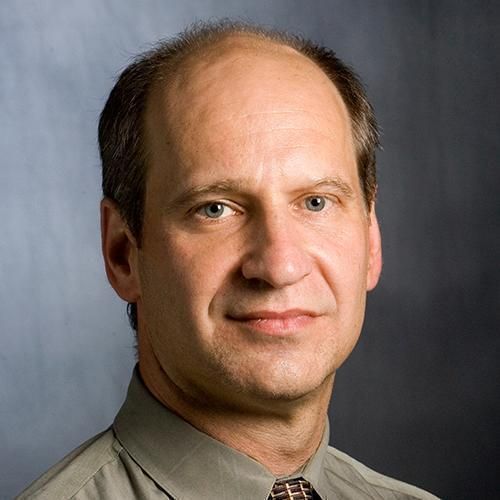
An improved method for finite element mesh generation of geometrically complex structures with application to the skullbase.
An automated method has been developed to generate finite element meshes of geometrically complex structures from CT images using solely hexahedral elements. This technique improves upon previous voxel-based mesh reconstruction approaches by smoothing the irregular boundaries at model surfaces and material interfaces. Over a range of mesh densities, RMS error in surface Von Mises stress was higher in the unsmoothed circular ring models (0.11-0.24 MPa) than in the smoothed models (0.080-0.15 MPa) at each mesh density. The element-to-element oscillation in surface element stress, as measured by the average second spatial derivative of Von Mises stress along the outer surface of the ring, was higher in the unsmoothed models (11.5-15.0 kPa mm-2) than in the smoothed models (4.0-6.8 kPa mm-2). Similarly, in a human skullbase model, the element-to-element oscillation in surface Von Mises stress was higher in the unsmoothed model (5.52 kPa mm-2) than in the smoothed model (1.83 kPa mm-2). Using this technique, finite element models of complex geometries can be rapidly reconstructed which produce less error at the surface than voxel-based models with discontinuous surfaces.
Duke Scholars
Published In
DOI
EISSN
ISSN
Publication Date
Volume
Issue
Start / End Page
Related Subject Headings
- Tomography, X-Ray Computed
- Stress, Mechanical
- Skull
- Models, Biological
- Models, Anatomic
- Image Processing, Computer-Assisted
- Humans
- Biomedical Engineering
- Biomechanical Phenomena
- 4207 Sports science and exercise
Citation

Published In
DOI
EISSN
ISSN
Publication Date
Volume
Issue
Start / End Page
Related Subject Headings
- Tomography, X-Ray Computed
- Stress, Mechanical
- Skull
- Models, Biological
- Models, Anatomic
- Image Processing, Computer-Assisted
- Humans
- Biomedical Engineering
- Biomechanical Phenomena
- 4207 Sports science and exercise

